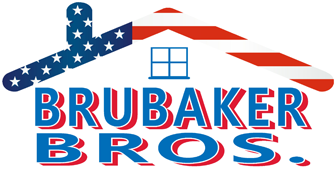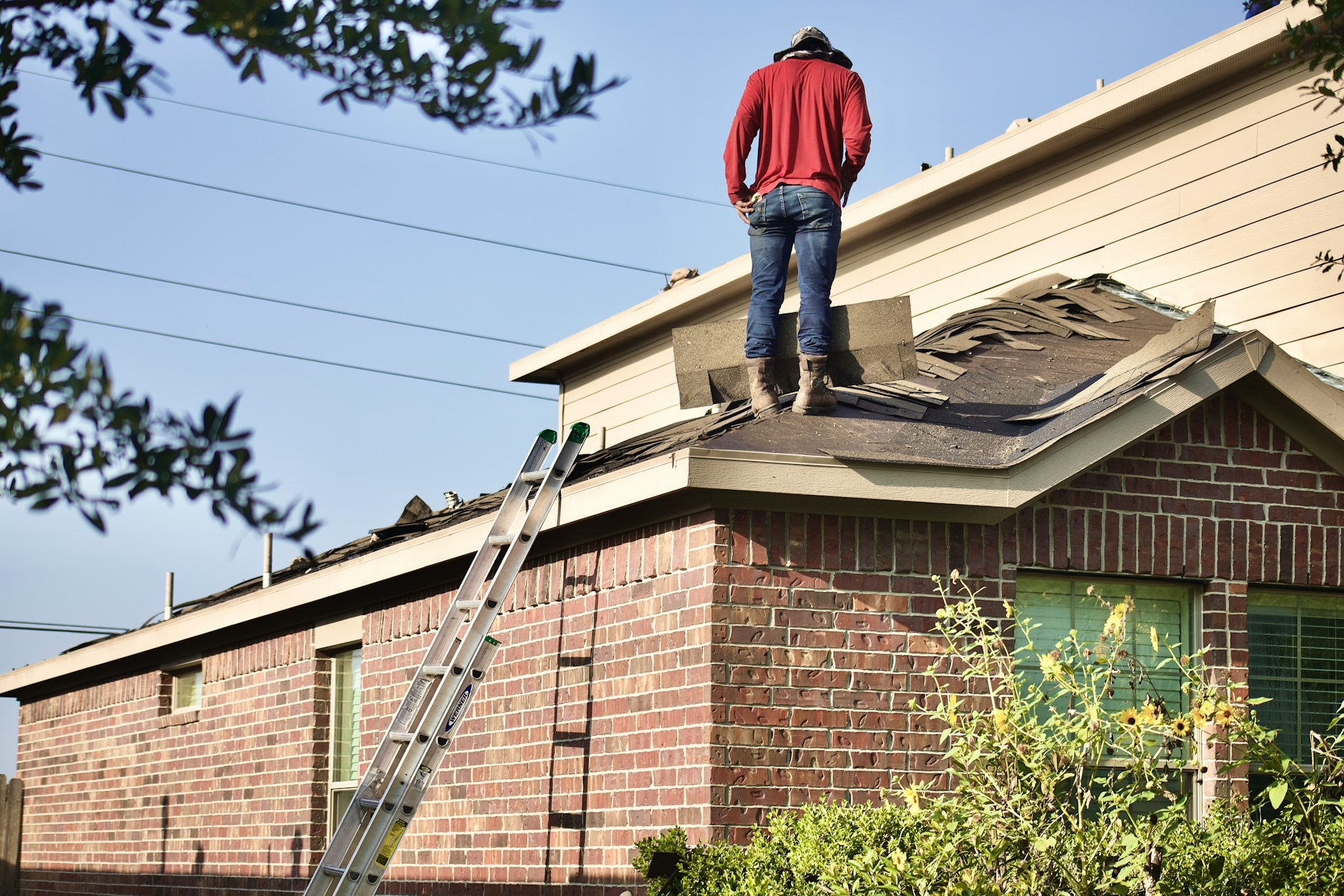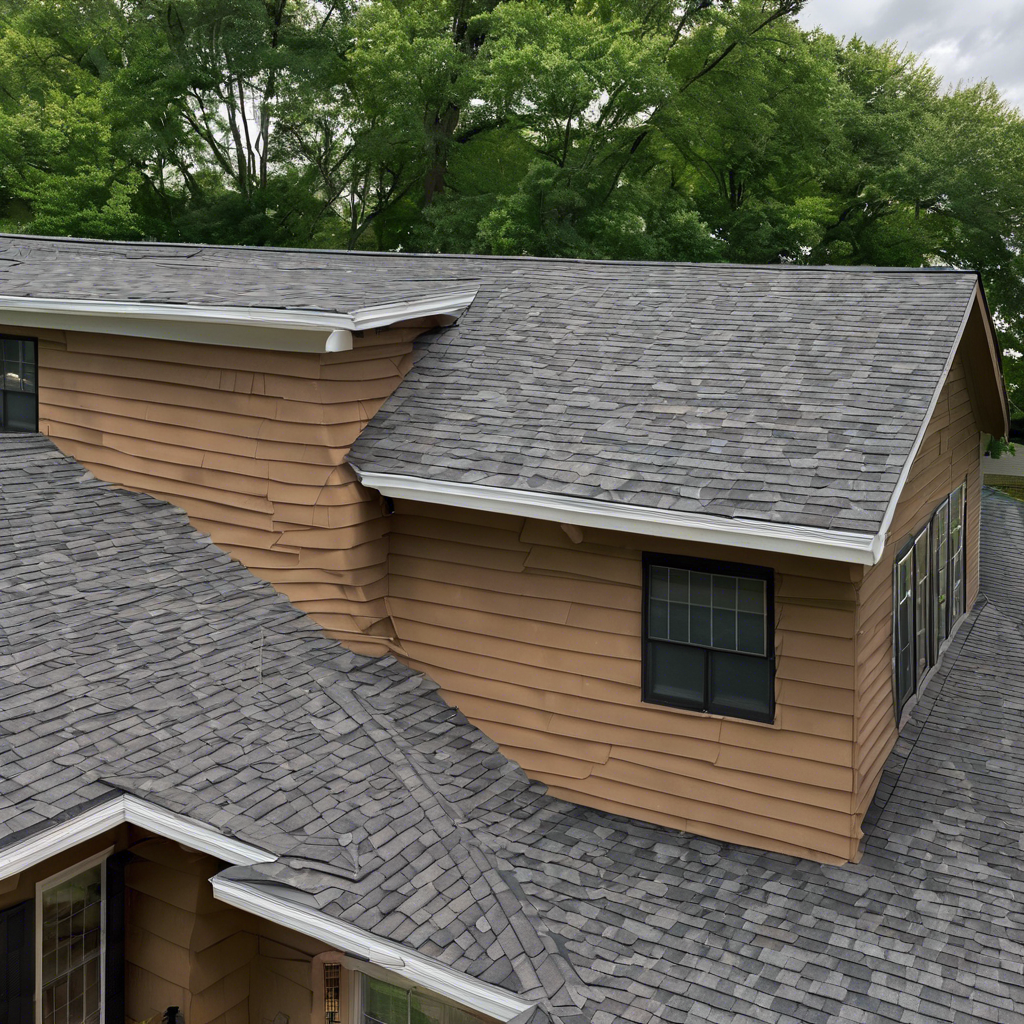Your roof is one of the most important parts of your home, providing protection from the elements and helping to maintain a comfortable living environment. Over time, however, even the best roofs can develop problems that need to be addressed. Knowing how to recognize the signs that your roof requires repairs or even replacement can save you from more serious and costly damage down the line.
One of the first things to look for is visible exterior damage. Missing or damaged shingles and a sagging roofline are clear indicators that something is wrong. These issues not only affect the appearance of your home but can also compromise its structural integrity. By catching these signs early, you can prevent further damage and extend the lifespan of your roof.
Inside your home, there are warning signs to watch for as well. Water stains on your ceilings or walls and visible light coming through your attic are red flags that your roof is not doing its job effectively. These interior issues often point to a more serious problem that needs immediate attention. Regular inspections, both inside and out, can help you catch these problems before they escalate.
Visible Exterior Damage
Missing or Damaged Shingles
One of the most apparent signs that your roof might need repairs is missing or damaged shingles. Shingles protect your home from the elements, and missing or cracked ones can expose your roof to water damage and leaks. You might notice shingles lying in your yard after a storm or see bald spots on your roof where shingles are missing.
Damaged shingles can also curl, buckle, or lose granules. Granules help protect shingles from the sun and provide fire resistance. When you find granules in your gutters, it’s a sign that your shingles are wearing out. Replacing missing or damaged shingles promptly can prevent more extensive damage and lengthen your roof’s lifespan.
Sagging Roofline
A sagging roofline is a serious indication that your roof has structural problems. The roof should have a straight and even appearance. If you notice any dips, curves, or saggy spots, this could be a sign of severe damage, such as water damage, poor installation, or excessive weight on your roof.
Sagging can indicate rot in the roof supports or issues related to the foundation settling. Addressing a sagging roofline quickly is crucial; ignoring it can lead to further deterioration and potentially catastrophic failure. Professional inspection and repairs are often needed to correct this issue and ensure your home remains safe.
Interior Warning Signs
Water Stains on Ceilings or Walls
Water stains on your ceilings or walls are clear signs of roof problems. These stains usually appear as yellowish or brownish patches and can indicate that water is seeping through your roof and into your home. It’s essential to address water stains promptly because prolonged moisture exposure can lead to mold growth and structural damage.
Whether caused by missing shingles, damaged flashing, or another issue, water stains often mean your roof needs immediate attention. Once you notice these signs, it’s a good idea to inspect your attic and roof for leaks and take appropriate action to fix the problem.
Visible Light in the Attic
Seeing light in your attic where there shouldn’t be any is another indication that your roof requires repairs. Check your attic during the day and look for spots where sunlight is coming through. Roof openings can allow water, cold air, and pests to enter your home.
If you find visible light, it’s likely due to holes or gaps in the roofing material. These holes can be due to shifted or missing shingles, cracks in the roof, or other forms of damage. Sealing these gaps is critical to maintaining your home’s insulation and preventing moisture from entering and causing further issues.
By regularly checking for interior warning signs like water stains and visible light, you can catch roof problems early and take steps to fix them before they worsen.
Signs of Moisture Compromise
Mold or Mildew Growth
Mold and mildew growth in your home can be a clear sign that your roof has moisture issues. Mold can appear as black, green, or white patches and often thrives in damp, dark places like attics and ceilings. Mildew, on the other hand, is usually powdery and appears white or gray. Both fungi release spores that can cause health problems, particularly for individuals with allergies or respiratory conditions.
The presence of mold or mildew indicates that water is leaking into your home and creating a moist environment that encourages their growth. This not only affects your home’s air quality but also compromises the structural integrity of the affected areas. Addressing mold or mildew promptly is crucial to maintaining a healthy living environment and preventing further damage to your roof and home.
Damp Insulation
Damp insulation in your attic or walls is another telltale sign of a leaky roof. Insulation is supposed to keep your home warm by trapping air, but when it gets damp, it loses its effectiveness. Wet insulation can also harbor mold and mildew, worsening the problem.
Check your attic insulation regularly for signs of moisture. If you find any damp spots, it’s a sign that water is seeping through your roof. Replacing wet insulation and fixing the leak is essential to restore your home’s energy efficiency and protect it from further damage.
Structural Concerns
Cracked or Damaged Flashing
Flashing is a crucial component of your roofing system, used to seal and protect areas where the roof intersects with other structures, such as chimneys, vents, and skylights. When flashing is cracked or damaged, it can allow water to seep into your home, leading to leaks and water damage.
Inspect your flashing for signs of wear and tear, like bending, cracking, or rust. Damaged flashing should be repaired or replaced promptly to prevent moisture from penetrating these vulnerable areas. Proper maintenance of flashing helps ensure your roofing system remains watertight and durable.
Rotting or Weakened Supports
Rotting or weakened roof supports are serious structural issues that require immediate attention. Roof supports, often made of wood, can deteriorate over time due to prolonged exposure to moisture. Rotting beams and supports compromise the entire roofing system’s stability, posing a significant safety risk.
Look for signs of wood rot, such as soft, spongy wood, discoloration, or a musty smell. Weakened supports might also show visible signs of sagging or deformity. Addressing these issues as soon as you identify them is crucial to maintaining a safe and stable roof structure.
Conclusion
Recognizing the signs of roof damage early can make a significant difference in the longevity and safety of your home. Visible exterior damage, interior warning signs, signs of moisture compromise, and structural concerns all provide clues that your roof may need repairs or replacement. Regular inspections and timely maintenance are key to preventing minor issues from escalating into major problems.
By understanding these warning signs, you can take proactive steps to protect your home and ensure your roof remains in good condition. Working with qualified roofing contractors and maintaining your roof warranty requirements can provide added protection for your investment. Ignoring these signs can lead to costly repairs and pose safety risks to you and your family.
If you notice any of these issues with your roof, don’t wait to take action. Contact Brubaker Bros. LLC today for professional roof inspection and expert repair solutions. Our roofing contractors in Harrisburg, PA, are here to help you keep your home safe and secure. Contact us now to schedule your consultation.




